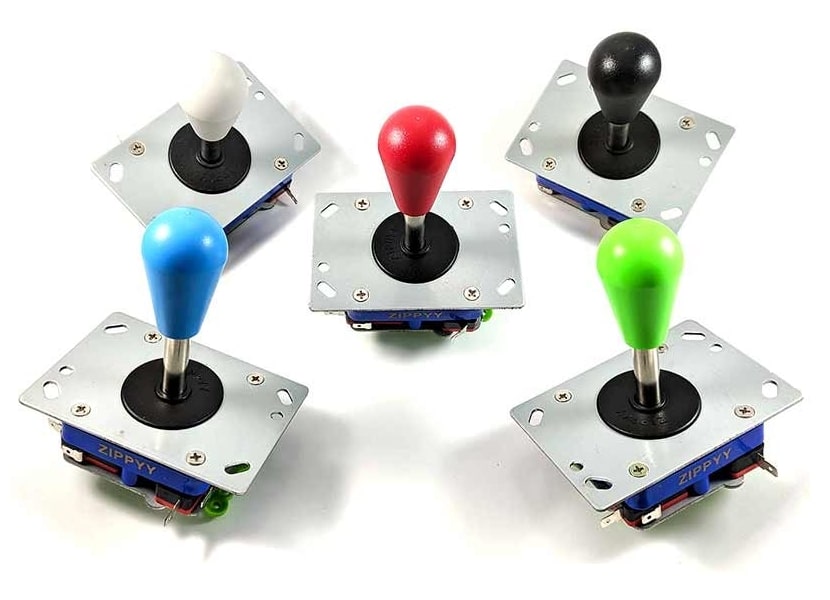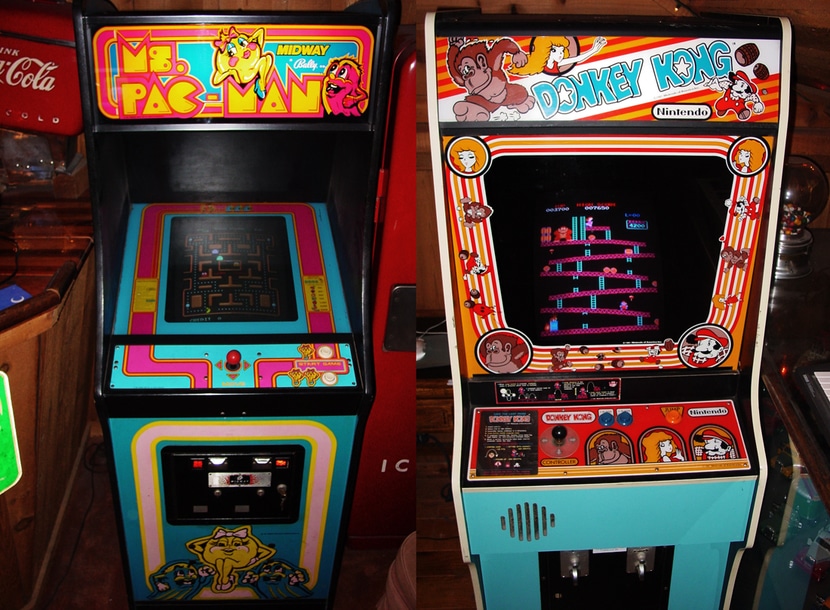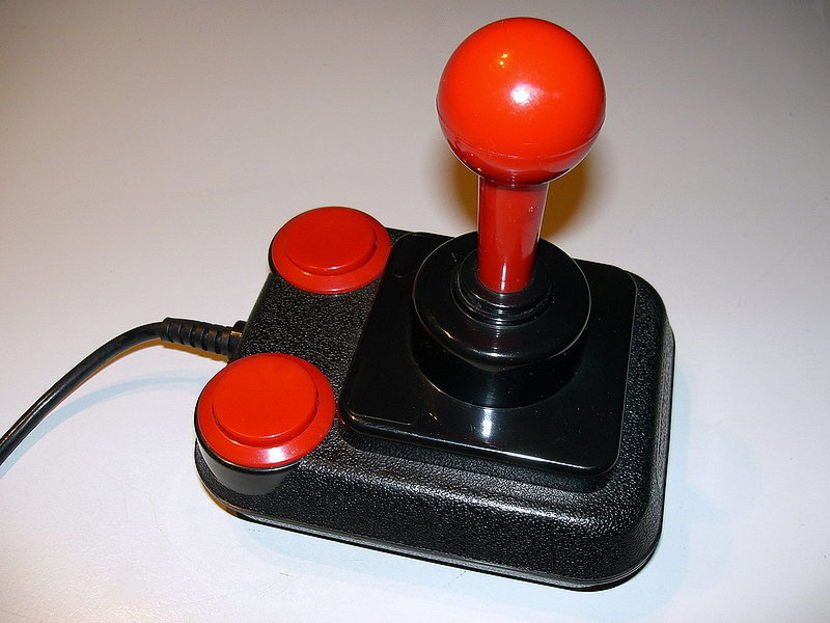
There are a large number of type controls arcade joystick for video games on the market, some of them for DIY Arcade machines, such as those compatible with boards such as the Raspberry Pi or with Arduino. They do not have a high price, so they turn out to be a very interesting device to manage your projects and enjoy as a child.
Choosing the best of these arcade joysticks is not an easy task, since there are a large number of them, and sometimes the differences between them are conspicuous by their absence. But there are some whose small details can make a difference. If you are interested, you can continue reading to find out what these controls are, and how to choose the best ones.
What is an arcade joystick?
Let's go by parts. The first thing is to make it clear that a joystick it is a joystick. Its name comes from the English «joy» (joy) and stick (stick). These peripherals were especially popular in the gaming industry in the past, which is why today they are widely used by those who start retrogaming projects.
These devices are intended to provide a control interface for a multitude of video games, allowing the handling of game elements in a very simple way. Its operation is very simple. A lever is attached to a support, and has X and Y axes with microswitches activated by the movements of the lever on the axes of freedom that it allows. A processor will process the signals and translate them into movements.
On the other hand is the term Arcade, that is, those arcade machines that became popular a few decades ago and that were offered in arcades, shopping centers, bars, etc. Therefore, an arcade joystick is called like that since they are the typical ones that could be used in these machines.
What should you know to choose the best arcade joystick for your project?
It largely depends on the type of project that you are going to create. You may be interested in one or the other, but most users use them to create their own cheap retro machines using a Raspberry Pi and thus be able to play in a much more authentic way. classic video games using emulators.
On the other hand, depending on what are you looking for, there are two main characteristics that stand out from the rest when choosing a good arcade joystick ...
Types of arcade joysticks
Inside these arcade joysticks there is a lot of types. Basically the differences lie in the aesthetics or shape of these controls:
- Americans (Long handle): This type of arcade joystick has an elongated handle, shaped like a lever. Some prefer them like this to hold them with the palm of the hand to perform the movements. In this case, they are usually screwed onto the panel.
- Japanese (Ball-type handle): they are in the shape of a ball, and you can hold them differently than the American ones, just using your fingers. It is a matter of taste or the type of arcade machine you are trying to imitate. In this case they are usually integrated into the base of the machine.
Be that as it may, they all tend to have the same internal mechanism. They have four microswitches to detect each of the 4 movements that the lever axis allows. Each is actuated by moving the lever in the direction it is facing.
Hardness and travel
It is even more important than the type, since the performance of these will largely depend on these two parameters. I speak of the hardness and travel of this kind of arcade joystick.
- Hardness: is the force with which you have to move the lever to operate the joystcik.
- Itinerary: is the amount of distance that the handle or lever must travel from the center (rest state) to the point where the microswitch operates to generate some type of movement.
To know what type of hardness and route to choose you must be clear about the type of video game to which you are going to play. In case there are several, you should think about the genre that you are going to execute the most. For example:
- Fighting video games or vehicles: In these cases, such as Mortal Kombat, Street Fighter, Space Invaders, Battle City, etc., it is best to choose an arcade joystick with greater hardness and with little travel. That way you will control the movements better and generate greater precision.
- Platform videogames: video games like Sonic, Mario Bros, etc., what is required is greater agility, since the precision of the movements is not so important in these cases. For these titles, the ideal is a medium-long and soft course.
If you play all kinds of video game genres a bit, you probably prefer an arcade joystick with hardness and intermediate path that will allow you to play more or less optimally in all kinds of titles. In addition, if you want more ease, you are probably interested in an already assembled and complete control panel like the one offered MyARCADE and even some cheap complete Arcade machines:
- Buy mini Arcade machine with 250 games
- Buy mini Arcade machine with Pac Man
- Buy mini Arcade machine with Bad Dudes
The best arcade joysticks you can buy 
Within this market, you can highlight some types of arcade joystick that stand out above the rest:
- For all types of video game genres: ideal for playing both video games in which you have to drive a ship, a car, fighting video games, and also platform games. They have an intermediate hardness and travel to offer good results with any title.
- No products found.
- To drive vehicles and fighting video games: this arcade joystick has a medium-long travel, with a smoothness that will make your movements the most precise so that your game is a great experience, achieving the performance you are looking for.
- Complete kit: You will also find some packs that include two arcade joysticks and buttons, as well as wiring and control PCBs, so that you have everything you need to assemble your DIY retrogaming arcade project.
To integrate with your Raspberry Pi, some of these plugins have a connection USB for quick implementation without the need to add code or use other electronics, or worry about GPIO pins, etc. It will be as simple as mounting them with the included cables and components, integrating them with the housing or support you have prepared for them, and connecting the cable to the chosen SBC board through the USB port. In the case of Arduino it would not be like that, since in that case it would be necessary to create a sketch and make the board recognize the movements and do some action ...


